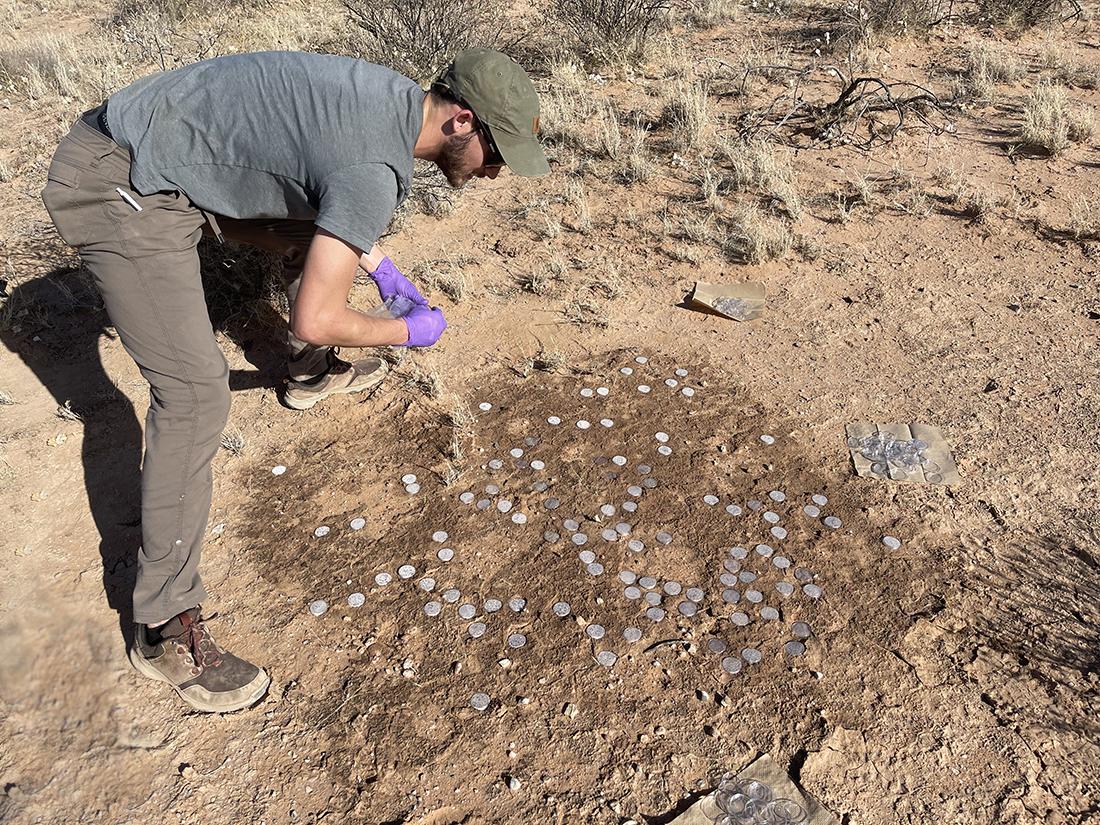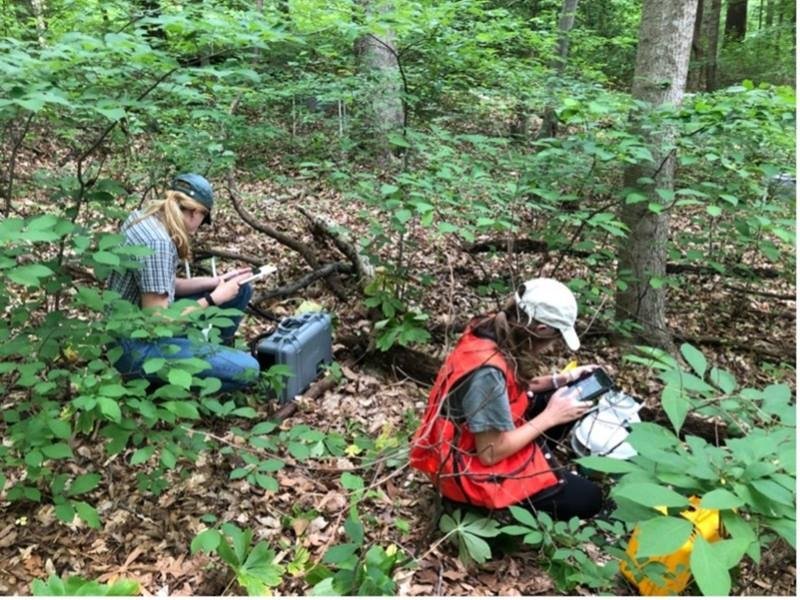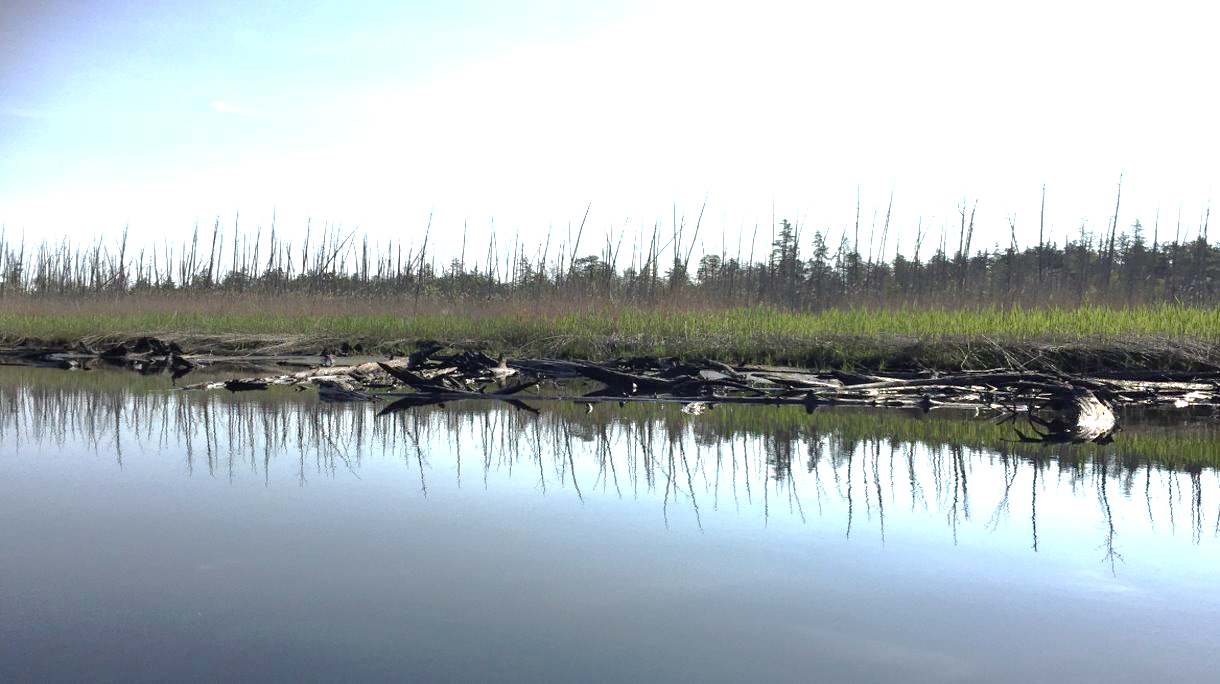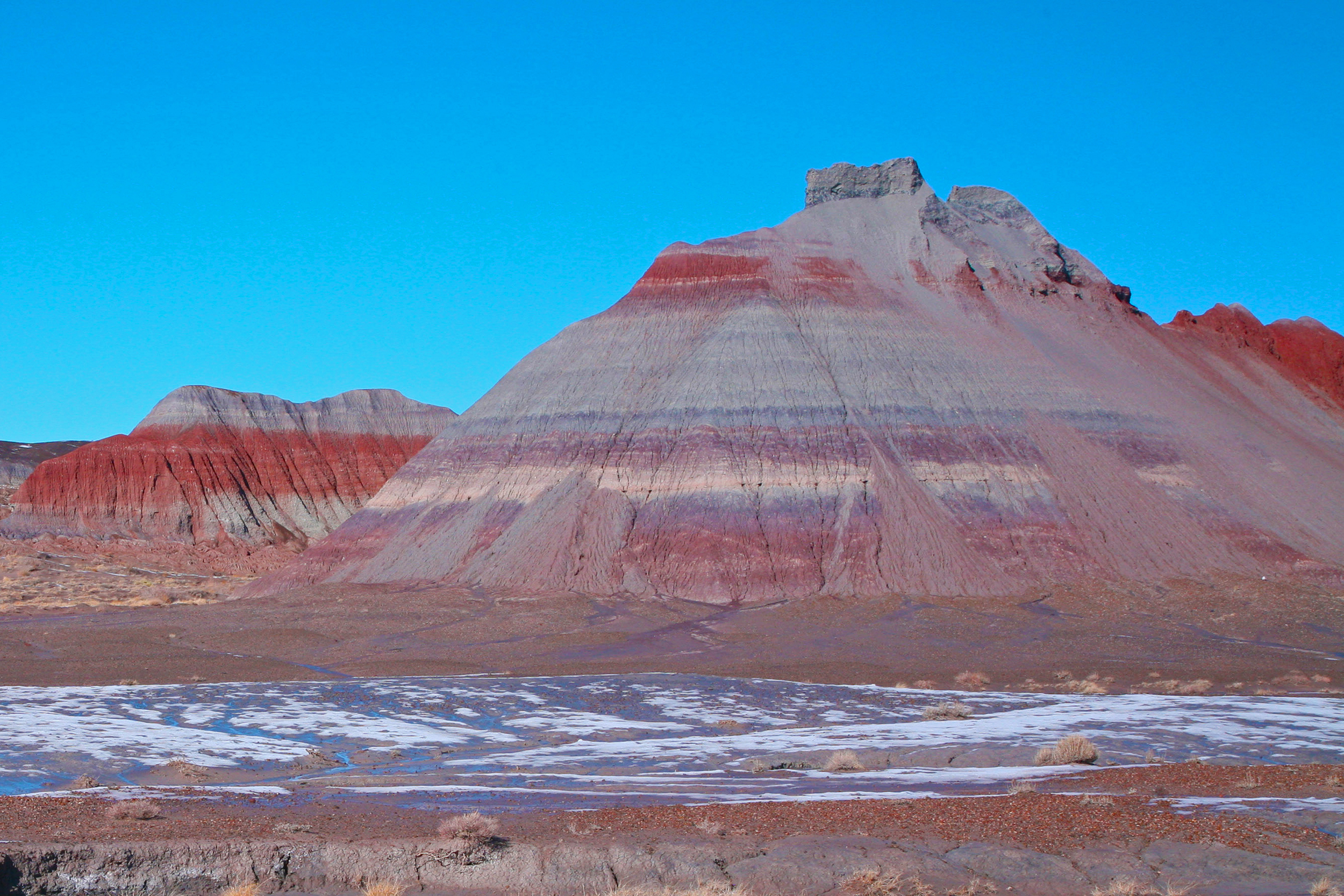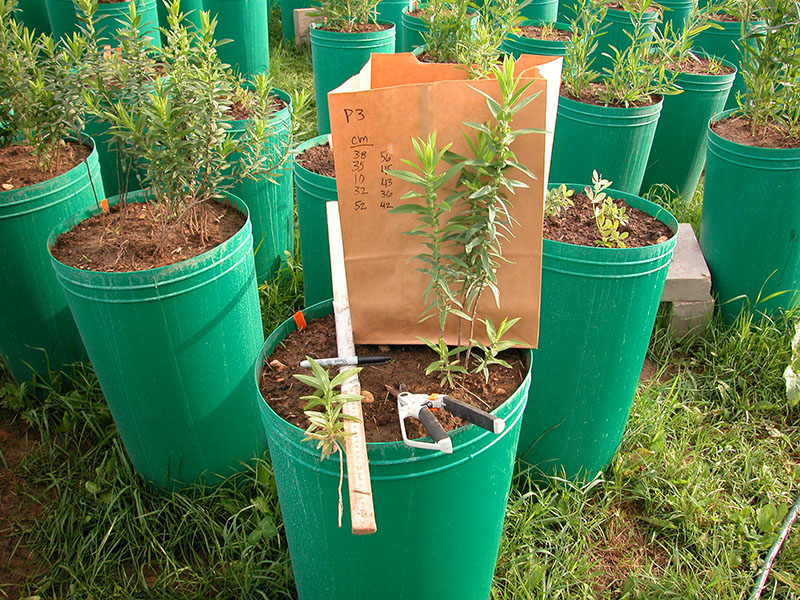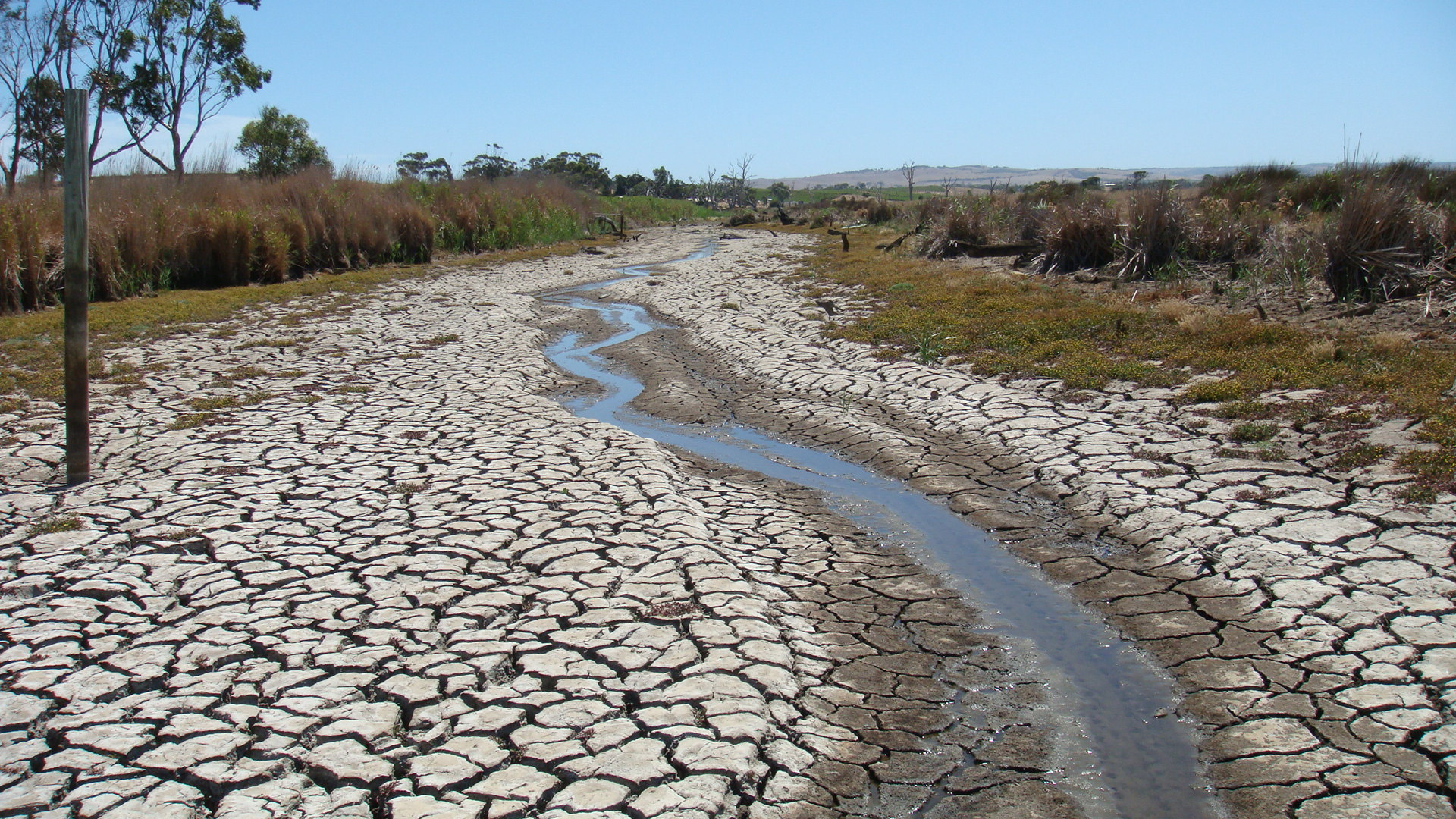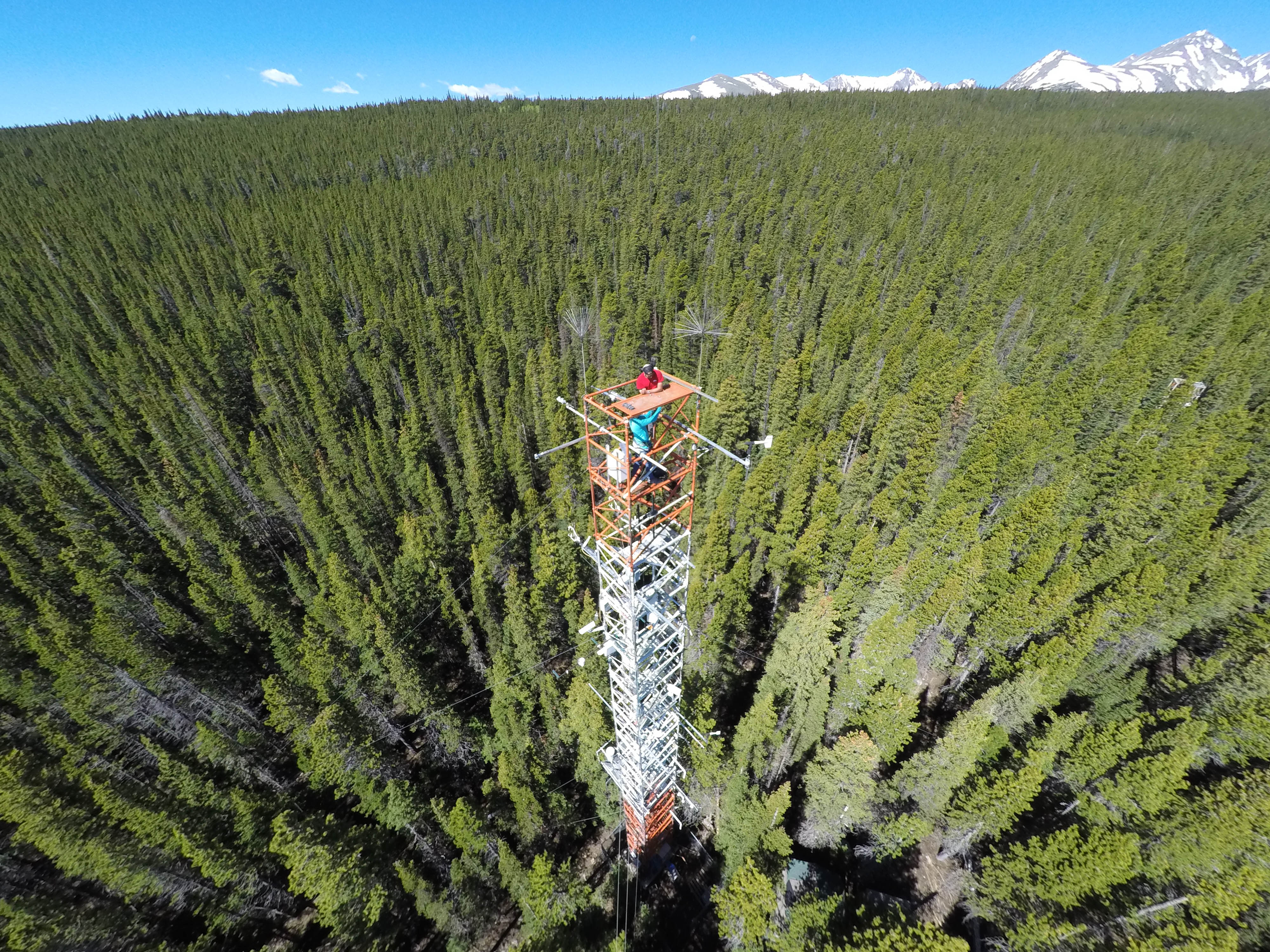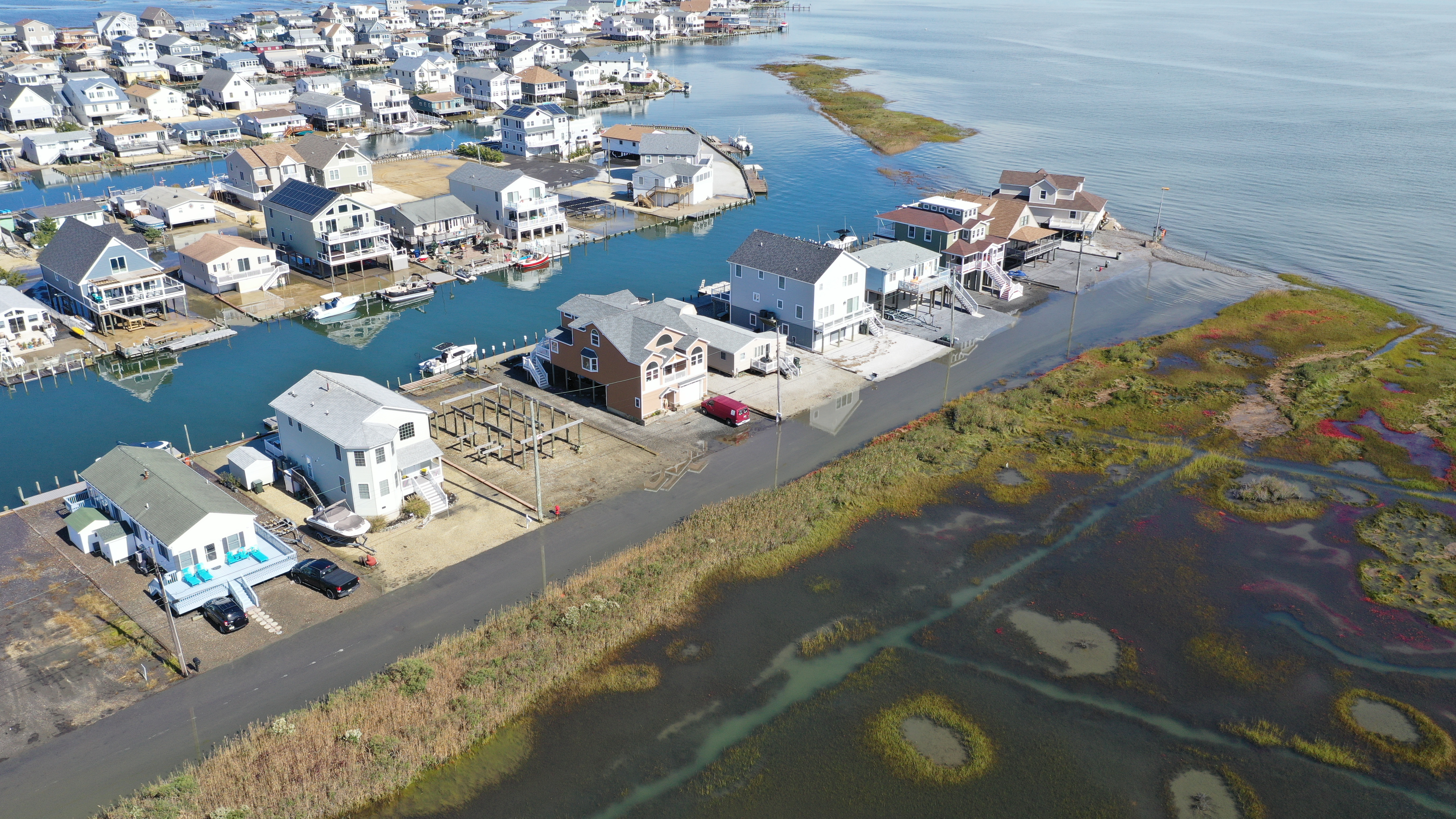Most analyses point to agriculture as the major source of nitrous oxide (N2O) globally. But there are a lot of variables within agriculture that can affect emissions. A recent University of Illinois Urbana-Champaign study provides a comprehensive accounting for these factors, finding, among other things, that long-term no-till management can effectively cut N2O emissions.

